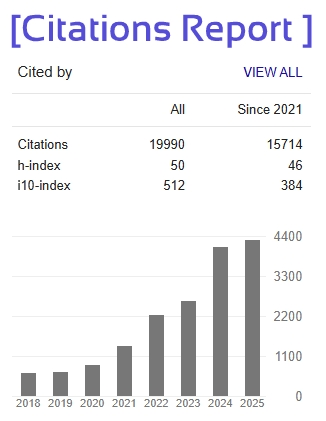Implementation of Intelligent Controller for Maximum Power Point Tracking Control of Solar Power Generation System
Praveen Kumar Sharma1, Dr. Nilam N. Ghuge 2 , Anjana Tiwari 3
1 Research Scholar, University of Technology, Jaipur, Rajasthan, India,
Email: Praveenprem.sharma@gmail.com
2 Professor ,Department of Electrical Engineering, JSPM’s Bhivarabai Sawant Institute of Tech. & Research(W),Wagholi,Pune, India. 412207
Email: ghuge1974@gmail.com
3 Professor Department of Electrical Engineering, LIET College ,AlwarRajasthan, India, Email: tiwarianjana594@gmail.com
Abstract:
This paper presents the improved model of solar photovoltaic module and back propagation neural network based maximum power point tracking (MPPT) for boost converter in a standalone photovoltaic system under variable temperature and insulation in static and dynamic conditions. Solar panel is a power source having nonlinear internal resistance. As the intensity of light falling on the panel varies, its voltage as well as its internal resistance both varies. To extract maximum power from the panel, the load resistance should be equal to the internal resistance of the panel. Maximum power point trackers are used to operate a photovoltaic panel at its maximum power point in order to increase the system efficiency. This is done, with the aid of MATLAB and Artificial Neural Network (ANN).
Maximum Power Point Tracking (MPPT) algorithms is important in PV systems because it reduces the PV array cost by reducing the number of PV panels required to achieve the desired output power. This paper presents à comparative simulation study of two important MPPT algorithms specifically perturb and observe and incremental conductance. These algorithms are widely used because of its low-cost and ease of realization. Some important parameters such as voltage, current and power output for each different combination have been traced for both algorithms.
KEYWORDS: :- Maximum Power Point Tracking (MPPT), Solar Photovoltaic system (SPV), ANN, SNN, DNN, Boost converter, MATLAB.







